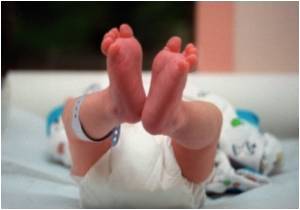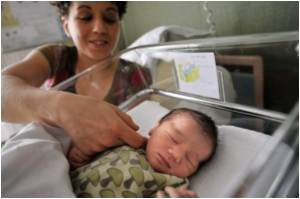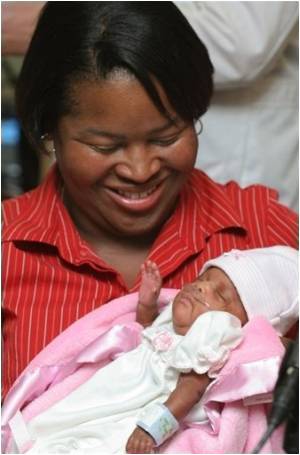Scientists may have found the answer to the long-standing mystery - how newborn mammals draw their first breath after life in a fluid-filled womb.

Xavier Caubit from CNRS (National Centre for Scientific Research) in Marseille, France, and colleagues knew that mice that don't have the Teashirt 3 gene (Tshz3) fail to breathe at birth and so die.
The team decided to see the effect on brain areas in these mice.
One part of the brain is the respiratory rhythm generator (RRG) - a kind of pacemaker that produces an oscillating rhythm in the brainstem and controls autonomous breathing.
"That absence of rhythmic activity [due to the faulty RRG neurons] correlates with inability to breath at birth," New Scientist quoted Fassano as saying.
They also found that without Tshz3, brain cells responsible for the control of the upper airways were being killed off in the days before birth.
Advertisement
"Disturbances in respiratory patterns, predominantly in the form of apnoea, are seen in most premature babies and some full-term babies.
Advertisement
The study is published in Journal Neuroscience.
Source-ANI









